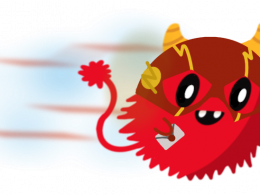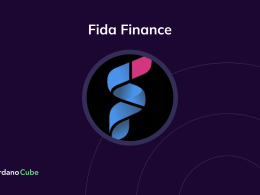The digital realm has been constantly evolving since its inception. Today, we stand on the threshold of a new era, the age of Web3 — an Internet transformed by blockchain technologies that foster decentralization, user ownership, and interoperability.
However, this shift towards Web3 does not merely entail technological changes; it also demands a paradigm shift in design approaches. This article delves into the key differences between traditional web design and Web3 design, exploring the new design challenges and how they can be tackled effectively.
What is Web3? The Age of Decentralization
Web3, or the decentralized web, is a transformative shift in the digital landscape underpinned by blockchain technology.
Unlike the traditional web (Web2), which is largely governed by centralized entities, Web3 presents a distributed network architecture that operates across numerous nodes. This critical difference fundamentally alters the way we interact with digital platforms and online applications.
Centralization in Web2 implies that a handful of corporations hold control over the vast majority of data and digital services. These entities essentially act as gatekeepers, restricting user access and owning the majority of data. On the other hand, Web3, by virtue of its decentralized nature, democratizes the digital space, offering users more control over their data and facilitating peer-to-peer interactions without the need for intermediaries.

Such a decentralized system inherently negates the concept of a single point of failure. In Web3, the data isn’t stored on a single server but is distributed across numerous nodes, enhancing redundancy and fault tolerance.
From a design perspective, this poses unique challenges and necessitates a novel approach. Given the trustless architecture of Web3, it becomes essential for designers to devise ways to portray trust through design elements and user interfaces. In the upcoming sections, we will delve deeper into the design challenges and potential solutions in the Web3 ecosystem.
The Shift from Web2 to Web3: A Design Perspective
Transitioning from the centralized web (Web2) to the decentralized web (Web3) is more than a technological change — it represents a conceptual revolution that poses unique challenges for designers.
Web3 applications are inherently complex, often integrating novel concepts that users may not be immediately familiar with. Therefore, the challenge for designers is to present these applications in a way that simplifies these complex ideas for users.
Design and content, in this context, have a critical role to play. They serve as a bridge between the familiar territory of Web2 and the uncharted realm of Web3. By employing familiar design patterns and integrating them with new concepts, designers can create an effective pathway for users transitioning into the Web3 landscape.
However, utilizing familiar patterns is not the only strategy at the designers’ disposal. The power of storytelling and metaphorical design also prove to be potent tools in this context.
Through narratives that resonate with users and design metaphors that echo familiar concepts, designers can help users comprehend the nuances of Web3 and how it deviates from traditional web applications. The gradual introduction of these new concepts using storytelling can help instill understanding and trust among users.
The Tech Savvy User: Familiarizing Users with New Technologies
The transformation from Web2 to Web3 is not only a shift in the architectural backbone of the internet but also brings along a suite of unfamiliar technologies for users.
As much as this presents an opportunity, it also serves as a challenge for designers who need to strategize ways to introduce and explain these complex technologies simply.
Designers must tap into the power of familiarity when crafting user interfaces and experiences for Web3 applications. They can achieve this by using well-known design patterns and metaphors that make new technological concepts more digestible for users.
These approaches can help users navigate their way around the new terrain and instill a sense of comfort as they begin to understand how Web3 works.
Another critical component in the Web3 design strategy is creating compelling narratives that resonate with users. These narratives can serve as guides, leading users through the often complex journey of understanding and adopting Web3 technologies. They are more than mere explanatory tools — they build credibility for these emerging technologies and boost user confidence.
As we usher in the age of Web3, designers must leverage these strategies to familiarize users with new technologies, ultimately fostering trust and facilitating the seamless adoption of the decentralized web.
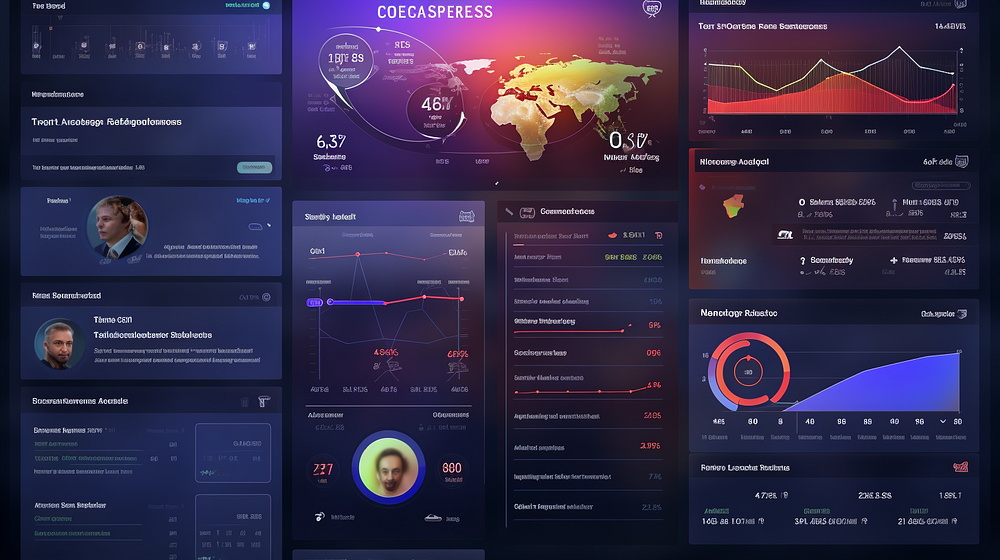
Building Trust through Transparency: A Design Imperative
Trust and transparency form the cornerstone of Web3 development. Given that Web3 operates on a trustless architecture, it is incumbent upon designers to cultivate trust through design.
This process begins with defining what transparency means in the context of Web3 and articulating it effectively to the users. Further, it involves enlightening users about data ownership, educating them about its implications, and ensuring they understand how it shapes their interactions with Web3 applications.
Design can play a pivotal role in achieving this transparency. For instance, designers can devise interfaces that make it easy for users to access information about a system’s governance, its decision-making processes, and the measures it takes to protect user data. Simplifying this information and presenting it in a comprehensible manner can foster transparency.
Additionally, designers must also communicate to users how their data is being used and who has access to it. By demystifying the data usage policies and granting users a peek behind the curtain, designers can help build trust and credibility for Web3 applications.
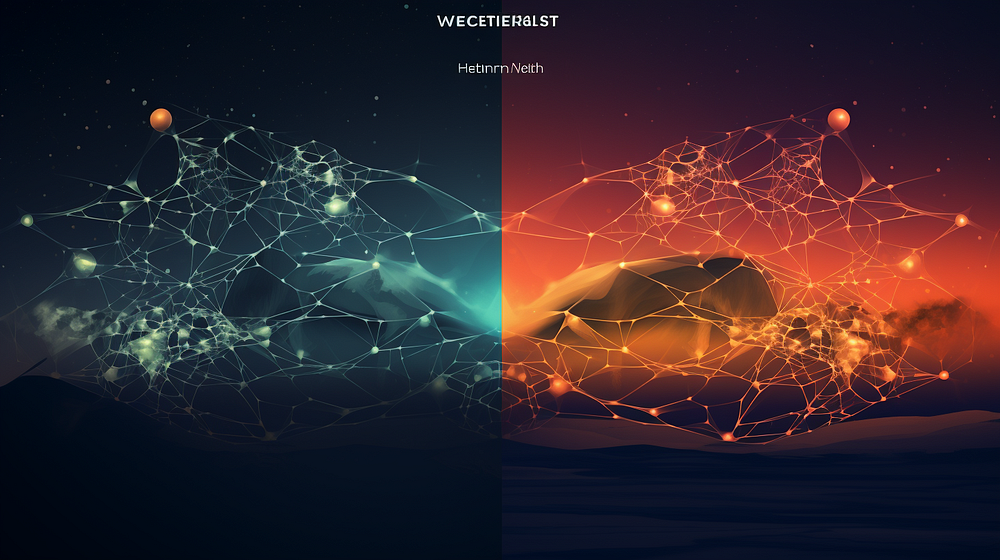
Designing for Security: A Crucial Component of Trust
Despite the inherent security features of blockchain technology, which forms the backbone of Web3 applications, security remains a vital consideration in the design process. While blockchain’s decentralized nature does provide significant security benefits, it also brings with it new security concerns that designers and developers must address.
Particular attention must be paid to safeguarding users’ private keys and other sensitive data. Designers should implement robust security features within the applications and use the design itself to communicate these measures to users effectively. By clearly showcasing the implemented security measures and ensuring their effectiveness, designers can contribute significantly to making users feel safe and confident when using Web3 applications.
Incorporating security into design not only enhances the functionality of the application but also contributes to building trust with the user. It further underscores the point that effective Web3 design is a composite of many aspects — transparency, user education, security, and familiar design patterns — all of which work in harmony to promote user trust and smooth adoption of Web3 applications.
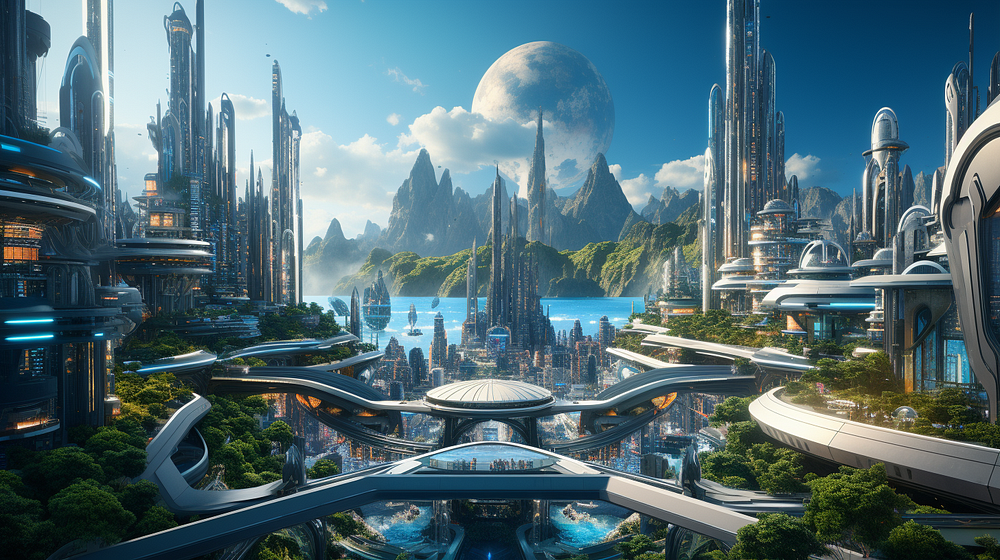
Final Thoughts
Web3 represents a transformative shift in the digital landscape, signaling the dawn of an internet that’s decentralized and gives users greater control over their data. However, this transformation brings with it unique design challenges that designers keen on venturing into the Web3 realm must skillfully navigate.
Designing for Web3 demands a paradigm shift in user interfaces and user experiences. The task for designers is to articulate the principles of openness, trust, and transparency, simplify intricate information, and embed security considerations into their designs. It’s not just about crafting aesthetically pleasing interfaces; it’s about creating an environment where users can interact with advanced technologies with ease and confidence.
Embracing the evolving dynamics of the Web3 design landscape requires designers to remain at the forefront of industry developments. They need to continuously experiment with novel design techniques and strategies that resonate with the philosophy of the decentralized web. The future of Web3 is filled with immense possibilities, and as designers, we are just at the precipice of unlocking its full potential.
Credit to the Lace team and their article on Web3 design which I drew a lot of inspiration from








